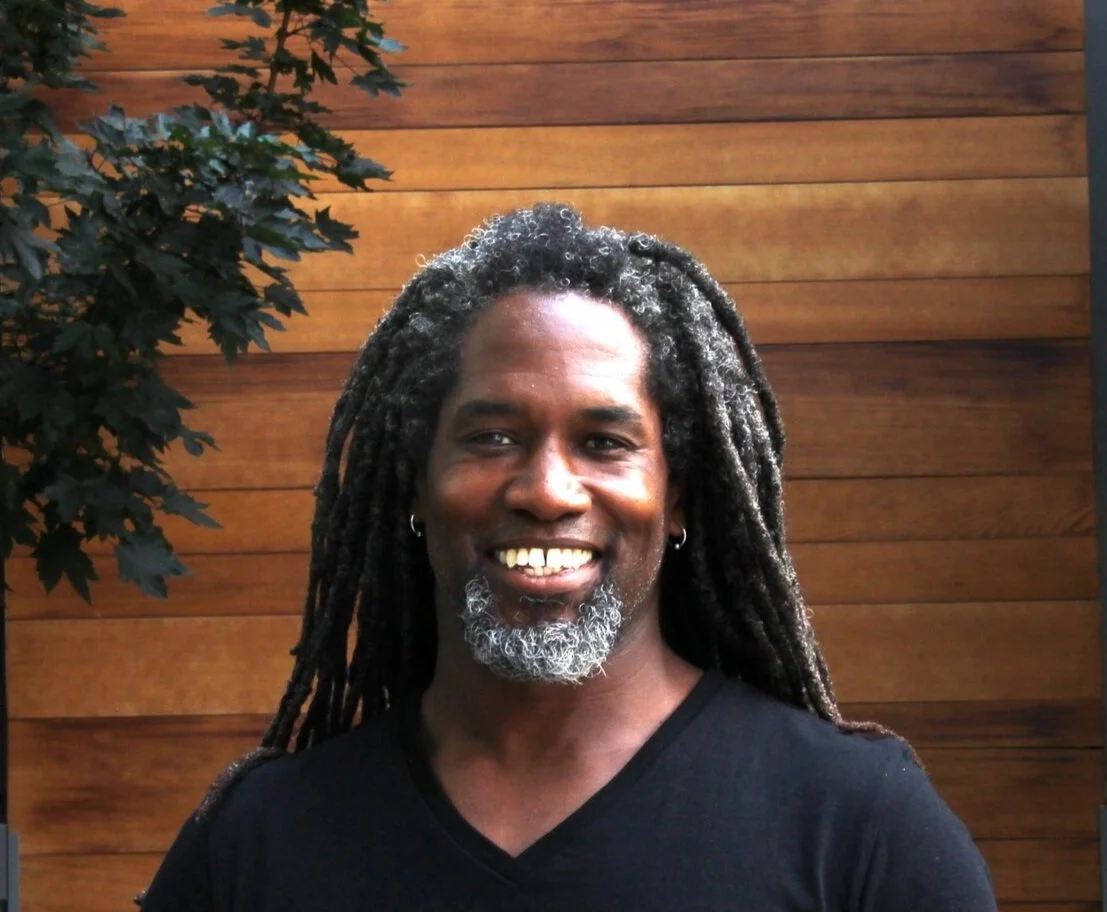Here is the master list of intent from my self-improvement book, Redefine Yourself: The Simple Guide to Happiness. Use it to set your path in 2019.
1. Believe that you can redefine yourself.
2. Create a business plan for your life.
3. Become a human scientist and study the physical, mental, and emotional you.
4. Make it a point to understand yourself and others.
5. Commit to this journey and don’t take the easy way out.
6. Become an outside observer to the mechanics of your mind and think about your thinking.
7. Ask yourself the tough questions and answer honestly.
8. Practice looking at yourself objectively.
9. Trust your instincts, your gut, and your perspective, but know where they stem from.
10. Don’t be a bystander in the course of life.
11. Adopt the mantra “Keep it Simple”.
12. Write your new mantra on a post-it note and place it in numerous places as a reminder.
13. Confront your inner influences.
14. Approach new ideas with an open mind.
15. Realize that you’re not alone.
16. Practice mindfulness.
17. Teach yourself to wake up to life around you—and inside of you—at any given moment.
18. Schedule alerts throughout the day to remind you to “take a breath”.
19. Listen to your inner voice.
20. Catch yourself making negative statements about you while randomly doing other things and write them down.
21. Don’t analyze yourself.
22. Filter your subconscious messages.
23. Create a list of positive messages and repeat them to yourself daily.
24. Face your inner self.
25. Remove the invisible obstructions that hold you back from achieving personal success.
26. Become a detective and collect the truth of a moment, observing yourself and every movement, sight, touch, scent, and sound of the world.
27. Gather evidence for the truth without judgment.
28. Don’t take a leap of faith without stopping first and observing the moment.
29. Accept that you don’t know everything.
30. Stop the train of life and pick up the bits and pieces around you every once in awhile.
31. Remain aware before making a decision, judgment or movement and commit to a higher state of living.
32. Accept the real perfections and imperfections of the world.
33. Soak in the aura of a moment wherever you are as often as possible.
34. Don’t dwell on the imperfections of you, your situation, or your surroundings.
35. Remove yourself from a situation when necessary (despite your emotional investment).
36. Don’t fixate on imperfect pieces of life that are unchangeable at the moment.
37. Don’t construct a rose-colored reality to mask the blight and scathing.
38. Accept things in their current state, including the blight and scathing.
39. Sometimes listen to your subconscious when it taps you on the shoulder.
40. Sometimes ignore your subconscious when it taps you on the shoulder with the same negative message.
41. Remember this quote by Frederick Douglass, a former slave and leader in the abolitionist movement. Accept that what you discover isn’t always the easiest to handle (and that’s okay): “…I would at times feel that learning to read had been a curse rather than a blessing. It had given me a view of my wretched condition, without the remedy. It opened my eyes to the horrible pit, but to no ladder upon which to get out. In moments of agony, I envied my fellow slaves for their stupidity. I often wished myself a beast.”
42. When you don’t accept it, tell yourself again and again and again that you should.
43. Quit complaining and do something.
44. Accept your ‘selfish friends’ as they are and ignore their ‘selfish’ tendencies. Discuss with them how their actions make you feel or begin dismantling your friendship.
45. Accept that the president (insert Republican, Democrat, or Independent here) is the leader of the United States. If you don’t support them then either: get involved with politics, make a grassroots effort for change, or ignore their political decisions.
46. Develop an evidence-based strategy to overcome challenges and choose the best possible decision.
47. Judge yourself fairly.
48. Don’t avoid looking at yourself.
49. Accept that obsessive, perfectionist ambition will lead to a perfect state of stress and an emotional unacceptance of your life.
50. Limit your distractions and listen to the people around you.
51. Don’t multitask (sorry).
52. Accept that feeling overwhelmed or frustrated is the result of your perspective.
53. Think rationally about the challenges you face daily.
54. Identify the fears that steer your behavior.
55. Refuse to allow insecurities to steer your behavior.
56. Tell yourself that you’re strong enough to face your fears again.
57. Tell yourself that your insecurities are irrational.
58. Find the root of your insecurities and write down the evidence against these irrational claims.
59. Extinguish Your Insecurities.
60. Don’t worry what people think unless you request for their input.
61. Accept people’s input, but remember you don’t always have to agree with their opinion or approach.
62. Leash and manage your emotional output.
63. Develop a cool head that will allow you to see the whole picture without a filter.
64. Recognize what drives your emotions and the coping behaviors that result.
65. Accept that you failed to reach these goals once before, and you may fail again.
66. Regain control over your life.
67. Feel confident about your approach, accepting the consequences, and adapting whenever and wherever needed.
68. Take control of the trends, patterns, and little idiosyncrasies that make up your world.
69. Don’t say “It is what it is” unless you’ve fully investigated yourself and the possible solutions.
70. Accept that improving a relationship might mean adapting or leaving it.
71. Identify the areas in your personal life in which you feel helpless.
72. Find control over your happiness at work.
73. Take control over your position and reshape it in a way that brings fulfillment to you.
74. Reevaluate your role in the company.
75. Change or redefine your position so that it fosters autonomy.
76. Request a position that values your creativity and judgment.
77. Understand your decision-making process.
78. Control the external influence on your decisions.
79. Convince yourself that you can change your environment.
80. Approach new problems with confidence.
81. Identify the problem accurately and specifically.
82. Consider as many solutions as possible and their implications.
83. Choose the best solution and then act.
84. Accept that making mistakes is part of the learning process and sometimes we have to make them repeatedly before we notice they’re a problem.
85. Accumulate wisdom through error.
86. Change bad habits by inserting a new routine, keeping the old cue, and delivering the old reward.
87. Accept that you already live by a set of rules.
88. Redefine your boundaries based on your needs (not your wants).
89. Create conversations with others.
90. Realign your perspective with your purpose—what you feel you were meant to do.
91. Create goals to maintain your positive focus.
92. Create a bucket list.
93. Slow down your life.
94. Treat life as an adventure and explore the unknowns.
95. Smile more often.
96. Share wisdom with others.
97. Give people the benefit of the doubt more often than not.
98. Help someone when you notice it.
99. Be your best self.
1. Believe that you can redefine yourself.
2. Create a business plan for your life.
3. Become a human scientist and study the physical, mental, and emotional you.
4. Make it a point to understand yourself and others.
5. Commit to this journey and don’t take the easy way out.
6. Become an outside observer to the mechanics of your mind and think about your thinking.
7. Ask yourself the tough questions and answer honestly.
8. Practice looking at yourself objectively.
9. Trust your instincts, your gut, and your perspective, but know where they stem from.
10. Don’t be a bystander in the course of life.
11. Adopt the mantra “Keep it Simple”.
12. Write your new mantra on a post-it note and place it in numerous places as a reminder.
13. Confront your inner influences.
14. Approach new ideas with an open mind.
15. Realize that you’re not alone.
16. Practice mindfulness.
17. Teach yourself to wake up to life around you—and inside of you—at any given moment.
18. Schedule alerts throughout the day to remind you to “take a breath”.
19. Listen to your inner voice.
20. Catch yourself making negative statements about you while randomly doing other things and write them down.
21. Don’t analyze yourself.
22. Filter your subconscious messages.
23. Create a list of positive messages and repeat them to yourself daily.
24. Face your inner self.
25. Remove the invisible obstructions that hold you back from achieving personal success.
26. Become a detective and collect the truth of a moment, observing yourself and every movement, sight, touch, scent, and sound of the world.
27. Gather evidence for the truth without judgment.
28. Don’t take a leap of faith without stopping first and observing the moment.
29. Accept that you don’t know everything.
30. Stop the train of life and pick up the bits and pieces around you every once in awhile.
31. Remain aware before making a decision, judgment or movement and commit to a higher state of living.
32. Accept the real perfections and imperfections of the world.
33. Soak in the aura of a moment wherever you are as often as possible.
34. Don’t dwell on the imperfections of you, your situation, or your surroundings.
35. Remove yourself from a situation when necessary (despite your emotional investment).
36. Don’t fixate on imperfect pieces of life that are unchangeable at the moment.
37. Don’t construct a rose-colored reality to mask the blight and scathing.
38. Accept things in their current state, including the blight and scathing.
39. Sometimes listen to your subconscious when it taps you on the shoulder.
40. Sometimes ignore your subconscious when it taps you on the shoulder with the same negative message.
41. Remember this quote by Frederick Douglass, a former slave and leader in the abolitionist movement. Accept that what you discover isn’t always the easiest to handle (and that’s okay): “…I would at times feel that learning to read had been a curse rather than a blessing. It had given me a view of my wretched condition, without the remedy. It opened my eyes to the horrible pit, but to no ladder upon which to get out. In moments of agony, I envied my fellow slaves for their stupidity. I often wished myself a beast.”
42. When you don’t accept it, tell yourself again and again and again that you should.
43. Quit complaining and do something.
44. Accept your ‘selfish friends’ as they are and ignore their ‘selfish’ tendencies. Discuss with them how their actions make you feel or begin dismantling your friendship.
45. Accept that the president (insert Republican, Democrat, or Independent here) is the leader of the United States. If you don’t support them then either: get involved with politics, make a grassroots effort for change, or ignore their political decisions.
46. Develop an evidence-based strategy to overcome challenges and choose the best possible decision.
47. Judge yourself fairly.
48. Don’t avoid looking at yourself.
49. Accept that obsessive, perfectionist ambition will lead to a perfect state of stress and an emotional unacceptance of your life.
50. Limit your distractions and listen to the people around you.
51. Don’t multitask (sorry).
52. Accept that feeling overwhelmed or frustrated is the result of your perspective.
53. Think rationally about the challenges you face daily.
54. Identify the fears that steer your behavior.
55. Refuse to allow insecurities to steer your behavior.
56. Tell yourself that you’re strong enough to face your fears again.
57. Tell yourself that your insecurities are irrational.
58. Find the root of your insecurities and write down the evidence against these irrational claims.
59. Extinguish Your Insecurities.
60. Don’t worry what people think unless you request for their input.
61. Accept people’s input, but remember you don’t always have to agree with their opinion or approach.
62. Leash and manage your emotional output.
63. Develop a cool head that will allow you to see the whole picture without a filter.
64. Recognize what drives your emotions and the coping behaviors that result.
65. Accept that you failed to reach these goals once before, and you may fail again.
66. Regain control over your life.
67. Feel confident about your approach, accepting the consequences, and adapting whenever and wherever needed.
68. Take control of the trends, patterns, and little idiosyncrasies that make up your world.
69. Don’t say “It is what it is” unless you’ve fully investigated yourself and the possible solutions.
70. Accept that improving a relationship might mean adapting or leaving it.
71. Identify the areas in your personal life in which you feel helpless.
72. Find control over your happiness at work.
73. Take control over your position and reshape it in a way that brings fulfillment to you.
74. Reevaluate your role in the company.
75. Change or redefine your position so that it fosters autonomy.
76. Request a position that values your creativity and judgment.
77. Understand your decision-making process.
78. Control the external influence on your decisions.
79. Convince yourself that you can change your environment.
80. Approach new problems with confidence.
81. Identify the problem accurately and specifically.
82. Consider as many solutions as possible and their implications.
83. Choose the best solution and then act.
84. Accept that making mistakes is part of the learning process and sometimes we have to make them repeatedly before we notice they’re a problem.
85. Accumulate wisdom through error.
86. Change bad habits by inserting a new routine, keeping the old cue, and delivering the old reward.
87. Accept that you already live by a set of rules.
88. Redefine your boundaries based on your needs (not your wants).
89. Create conversations with others.
90. Realign your perspective with your purpose—what you feel you were meant to do.
91. Create goals to maintain your positive focus.
92. Create a bucket list.
93. Slow down your life.
94. Treat life as an adventure and explore the unknowns.
95. Smile more often.
96. Share wisdom with others.
97. Give people the benefit of the doubt more often than not.
98. Help someone when you notice it.
99. Be your best self.






























